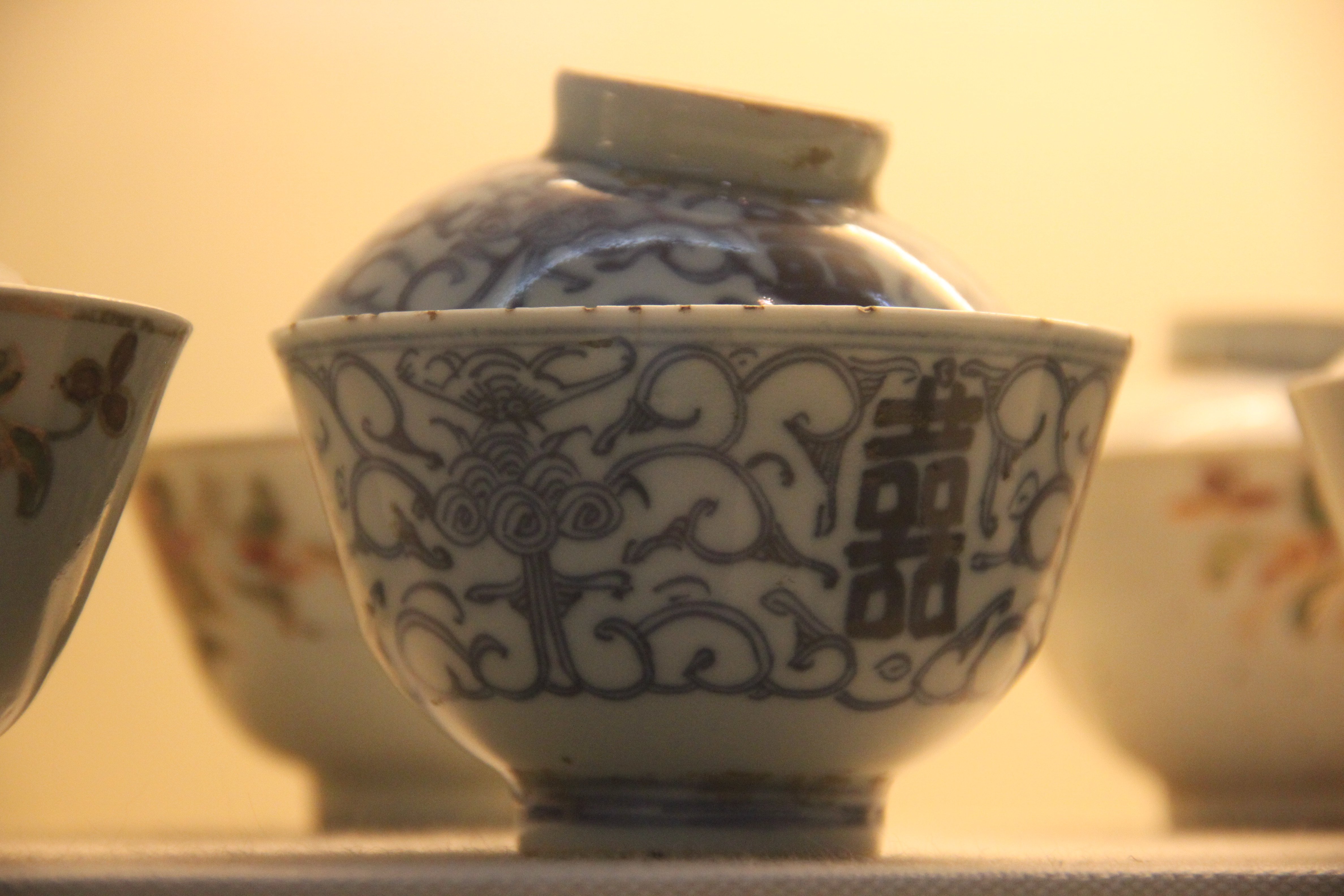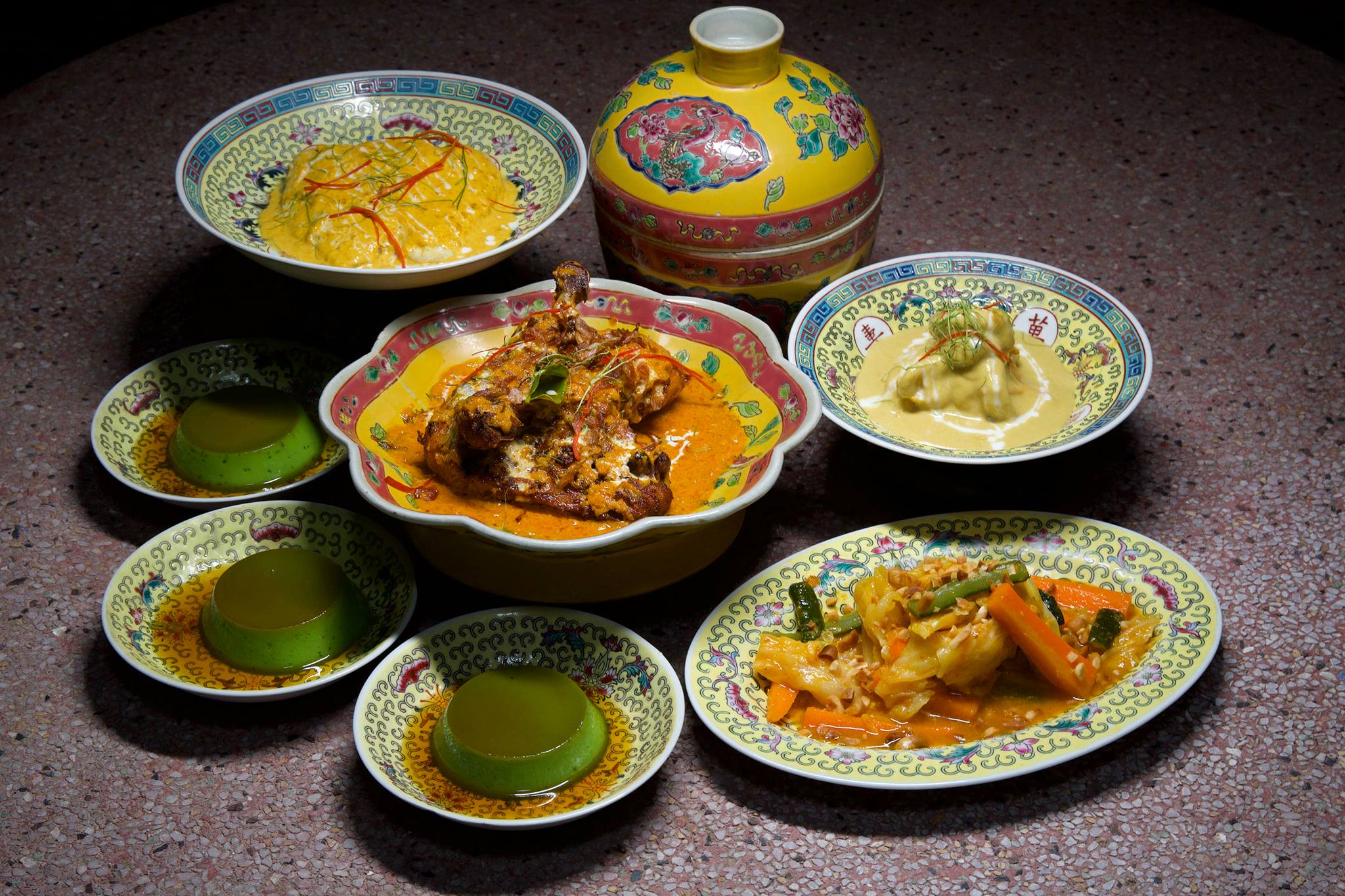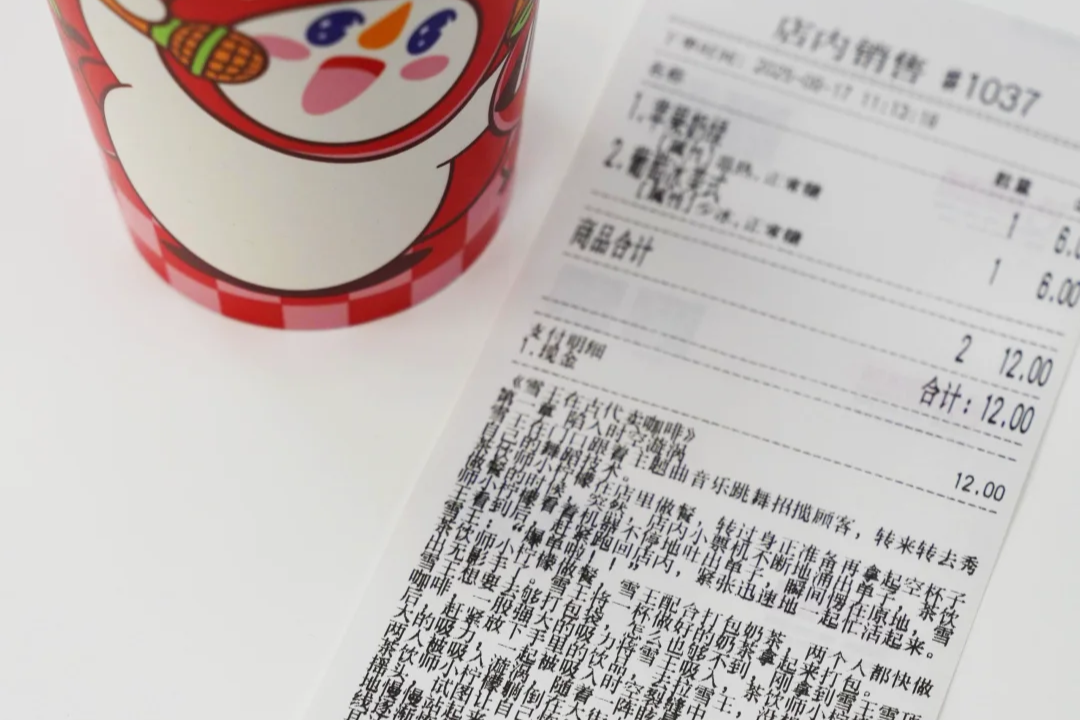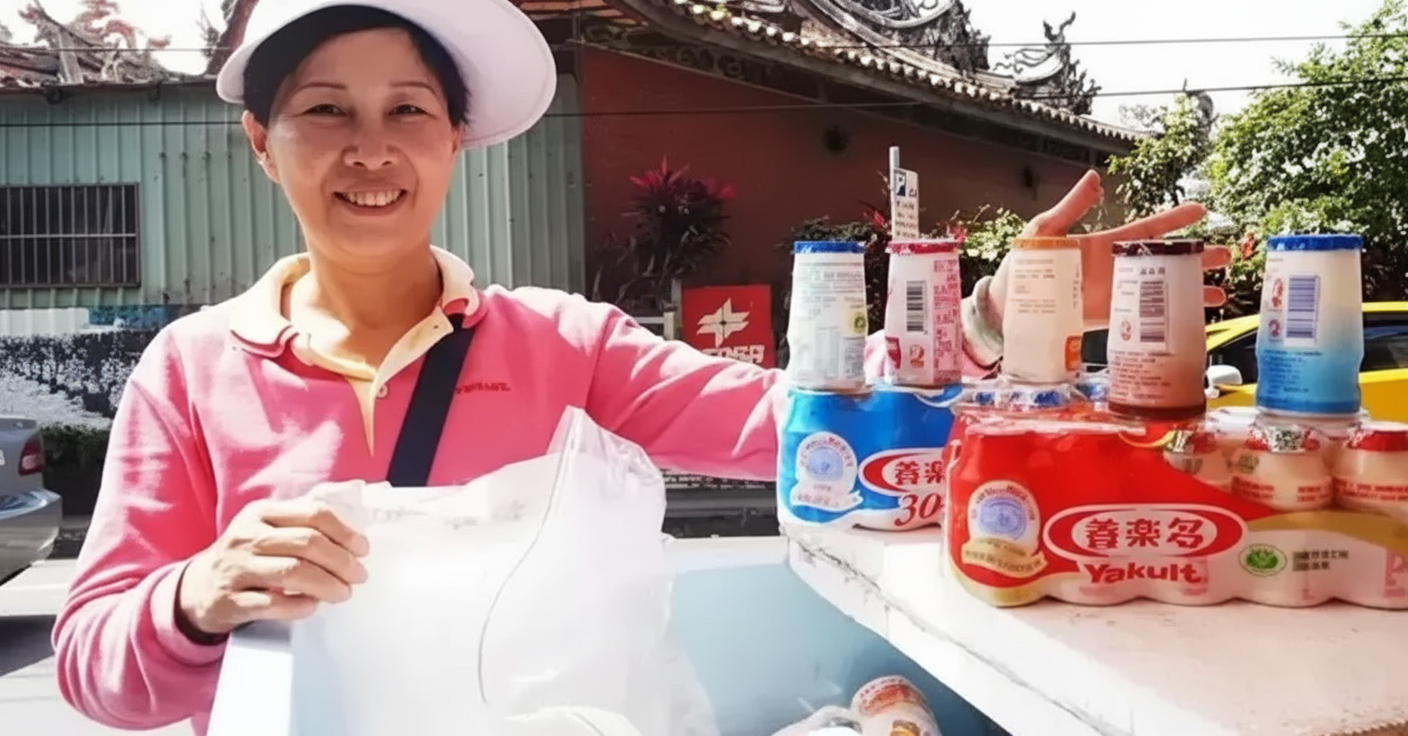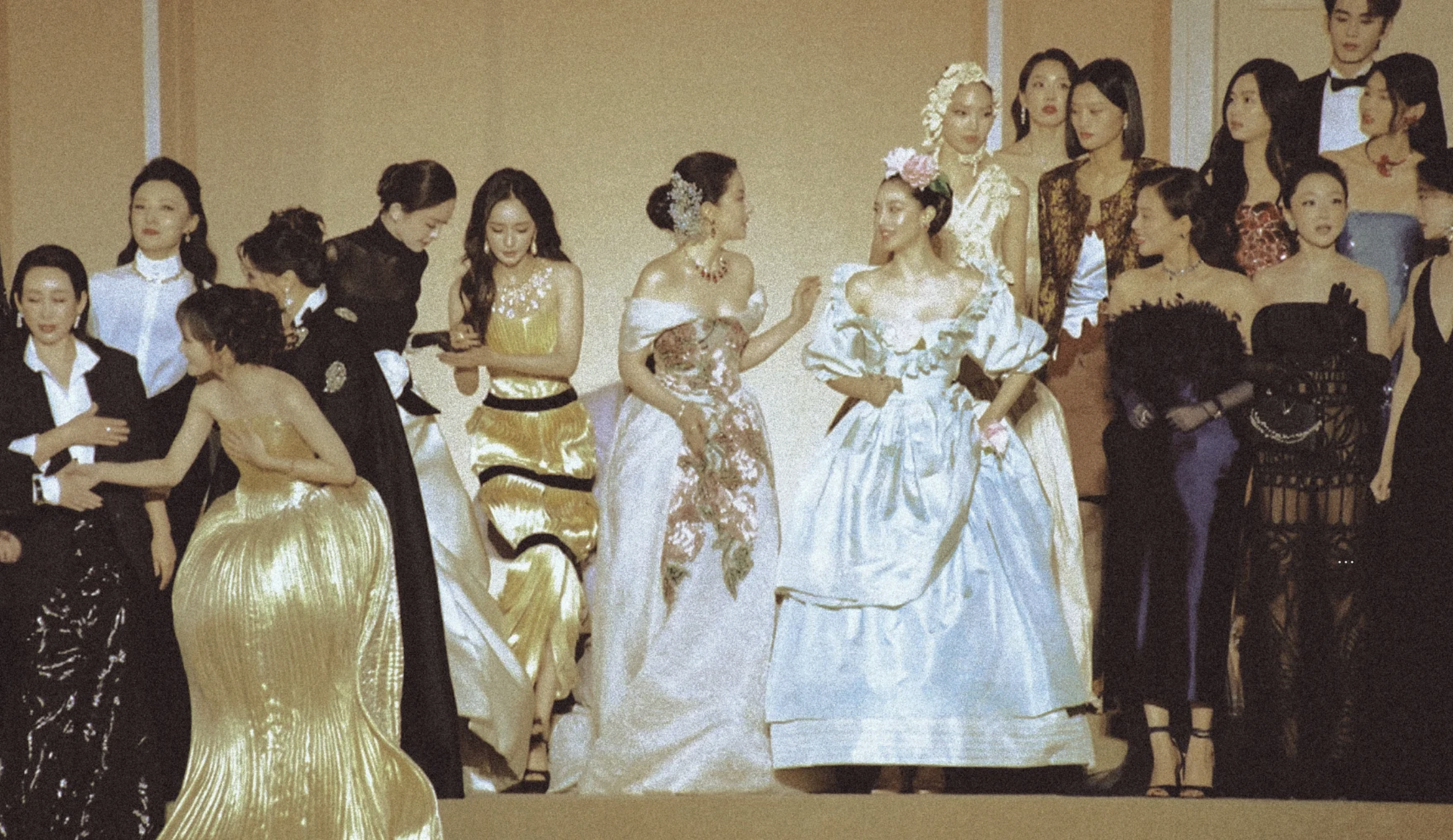Ever picked up a traditional Chinese teacup and wondered, “Where’s the handle?” It’s a common question for those accustomed to Western designs, but this seemingly simple absence is, in fact, a profound cultural statement.
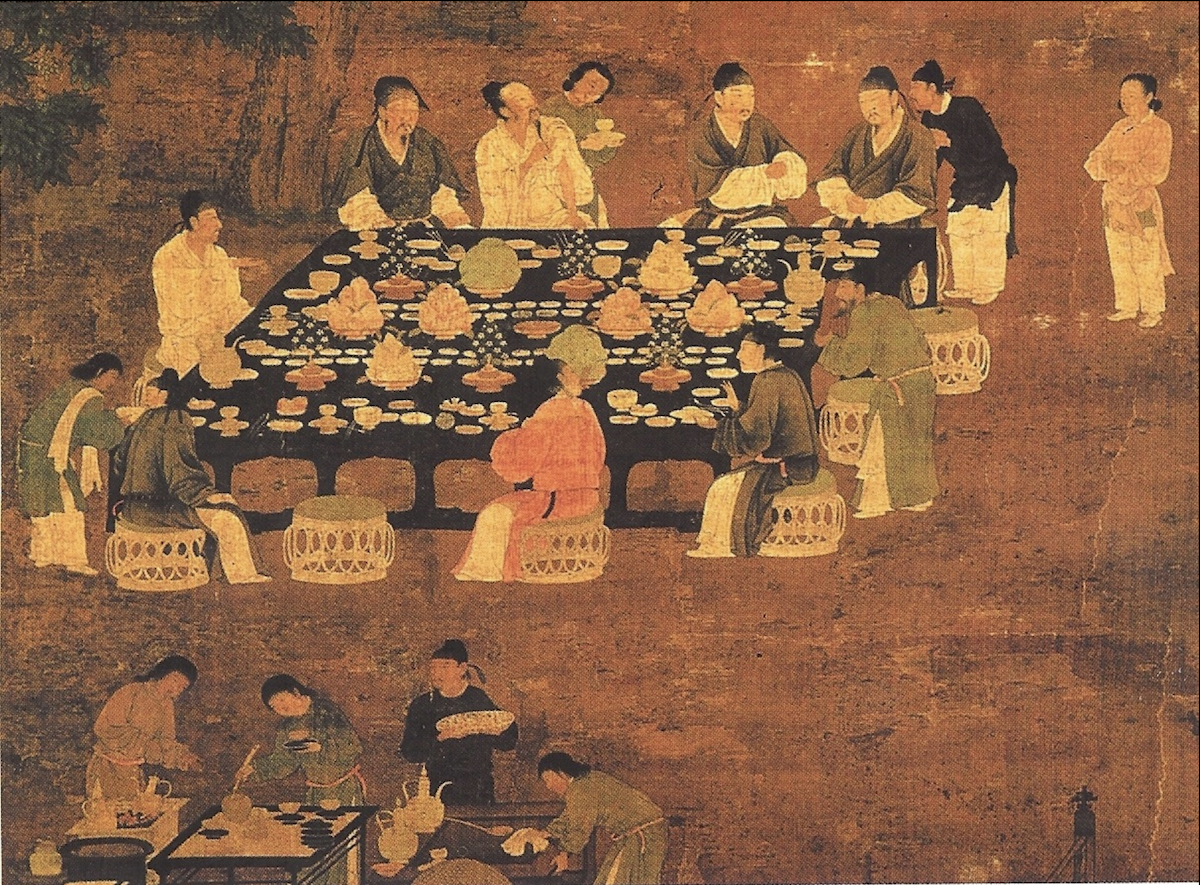
Forget the convenience of a handle; the Chinese teacup, often crafted from porcelain or clay, demands something more from its drinker: patience. The philosophy is elegantly straightforward: if the cup is too hot to hold comfortably, the tea is too hot to drink. This isn’t an oversight in design; it’s an intentional mechanism for mindfulness, urging you to slow down and connect with the present moment, appreciating the temperature, the aroma, and the very act of tea drinking itself.

This design choice is deeply rooted in Chinese philosophy, particularly principles emphasizing simplicity and an acute awareness of one’s surroundings. In a tea ceremony, every element contributes to a holistic sensory experience. Holding the warm vessel directly encourages a deeper engagement with the tea, fostering a meditative practice that grounds you in the “here and now.” It’s about savoring, not rushing.

Compare this to the Western approach, where practicality often trumps mindful engagement. We embrace handles, insulated mugs, and even explicit “CAUTION: HOT!” warnings—all designed to shield us from discomfort and accelerate consumption. While efficient, these designs inadvertently create a disconnect, allowing us to gulp down our brew without truly experiencing its nuances. The handle-less Chinese teacup, conversely, gently nudges you towards a more intimate, unhurried appreciation, inviting you to embody the very patience it teaches.
Cover image via Wikimedia Commons.
